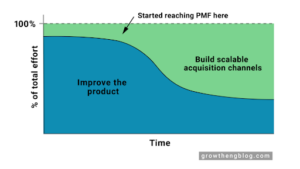As we start a new year, we’re thankful for all our customers who have supported us and played an important role in our growth. Your feedback has helped us create a modern data stack that has saved teams weeks of implementation, empowered anyone to answer important business questions, and been recognized as a G2 High Performer.
Last year, we introduced tools to help you better understand your data pipelines and increase trust in your data:
-
Data lineage – Mozart infers and graphs the dependencies between transform tables so you don’t have to specify the order in which transforms run.
-
Version and run history – Debug issues and identify changes quickly by seeing how a query has changed and when an issue happened.
-
Table and column descriptions – Help everyone on your team understand your datasets and transforms by labeling tables and columns.
-
Transform tests and data alerts – Catch faulty data before it’s consumed downstream.
We invested in more tools to help you save time and money:
-
Incremental transforms – Decrease your compute costs and loading times by only refreshing the relevant part of a dataset, rather than every row, when a transform is run.
-
Recent tables and favorites – Find useful tables and transforms faster when your favorite and most-used ones appear at the top of your dashboard.
-
Google Sheets sync – Work with data in the tool that most people are comfortable and familiar with.
We also now support customers who want to bring their existing Snowflake database to Mozart. You can connect your database to Mozart Data in minutes and get access to over 150 data connectors and our entire suite of tools.
Making the modern data stack widely accessible was where we started, but there’s still a lot of data tooling that can only be used by highly technical people. Over this next year, we’ll be expanding our capabilities as a modern data platform to make it even easier to access, organize, and operationalize your data. This includes:
-
More robust data pipeline tools
-
Permission management and additional tools for data governance
-
Data cataloging
-
Data visualization
By having all the critical tools you need in one place, our customers will enjoy unique capabilities and automations that you wouldn’t get when connecting multiple tools yourself.
We’re looking forward to continue helping you simplify your data workflows, democratize data across your company, and give you back time to focus on the analysis and challenges that are unique to your business.


